Through technological innovation and precise control, high-precision film slitting machines can significantly reduce burrs and dimensional errors, thereby improving the quality of film products. Here are its key technologies and benefits:
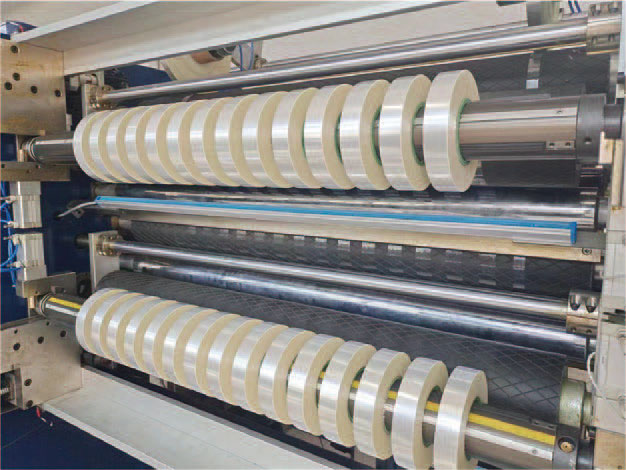
1. Core technology of high-precision slitting
• Precision Tool System:
◦ Uses carbide or diamond-coated blades with dynamic balancing technology to ensure smooth and burr-free cutting edges.
◦ Adjustable pressure system for circular/straight knives to adapt to different film materials (such as PET, BOPP, PE) to avoid material extrusion deformation.
• Intelligent tension control:
◦ Closed-loop tension control system (such as magnetic particle brake + tension sensor) adjusts the unwinding and rewinding tension in real time to reduce film stretching or wrinkling, and avoid retraction or deformation after slitting.
• Guiding System (EPC):
◦ Photoelectric or ultrasonic sensors monitor the position of the film edge and automatically adjust the lateral offset (accuracy ± 0.1mm) to ensure consistent slitting width.
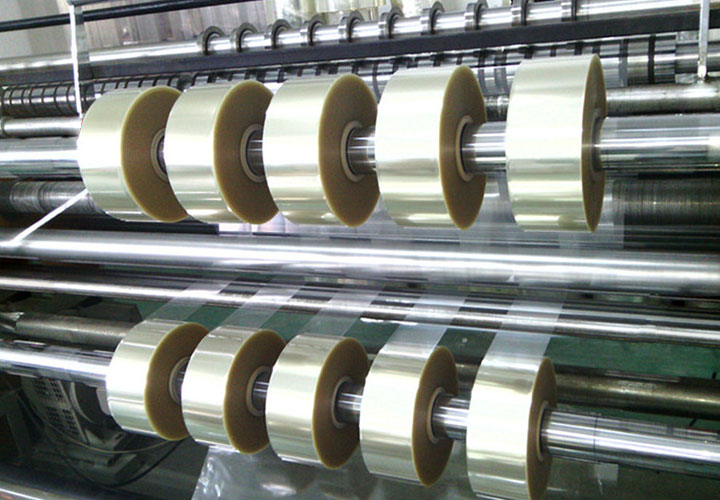
2. Critical design to eliminate errors
• Servo drive and motion control:
◦ High-resolution servo motor (such as 0.001mm positioning accuracy) with motion controller to achieve precise control of slitting length (error ± within 0.05mm).
◦ Synchronously controls multi-axis motion to avoid the "serpentine belt" problem caused by speed fluctuations.
• Online Detection and Feedback:
◦ Laser wider or CCD camera monitors the slitting width and edge quality in real time, and the data is fed back to the control system to automatically correct the parameters.
• Environmental stability:
◦ Thermostatic workshop and anti-vibration base reduce the impact of temperature fluctuations and mechanical vibrations on slitting accuracy.
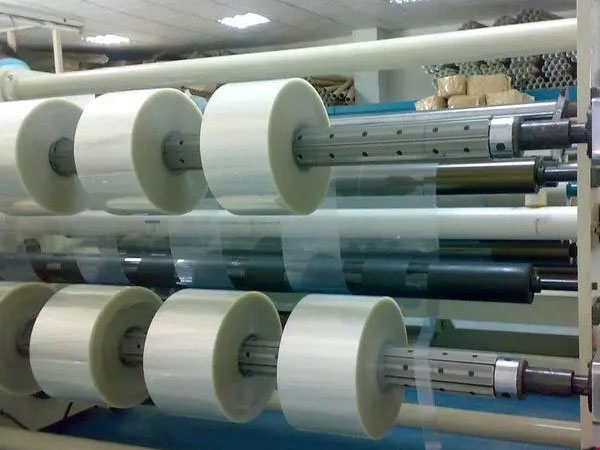
3. The direct effect of improving product quality
• Reduced burrs:
The optimization of blade sharpness and cutting angle can control the burr height to ≤10μm (about 50μm for conventional equipment) to meet the high requirements of optical film, electronic packaging film and other high-demand scenarios.
• Reduced scrap rates:
Automatic guiding and tension control reduce the slitting scrap rate from 3% to less than 0.5%, resulting in significant savings in material costs.
• Consistency Improvement:
The end face neatness of the coil (e.g., reduced "cabbage" phenomenon) and slitting width tolerance (±0.1mm) are better than the industry standard.
4. Application scenarios and added value
• High value-added areas:
For example, lithium battery separators, flexible circuit substrates, etc., require extremely high slitting accuracy (such as burrs will cause battery short circuits).
• Intelligent Expansion:
Combine AI algorithms to predict blade wear and automatically replace them, or optimize slitting parameters (e.g., speed, pressure) with big data.
summary
The high-precision film slitting machine solves the burr and error problems of traditional slitting from the root through the trinity of "precision machinery + intelligent control + real-time monitoring", especially suitable for high-end film manufacturing. In the future, with the application of nanoscale cutting technology and adaptive algorithms, the accuracy and efficiency will be further improved.
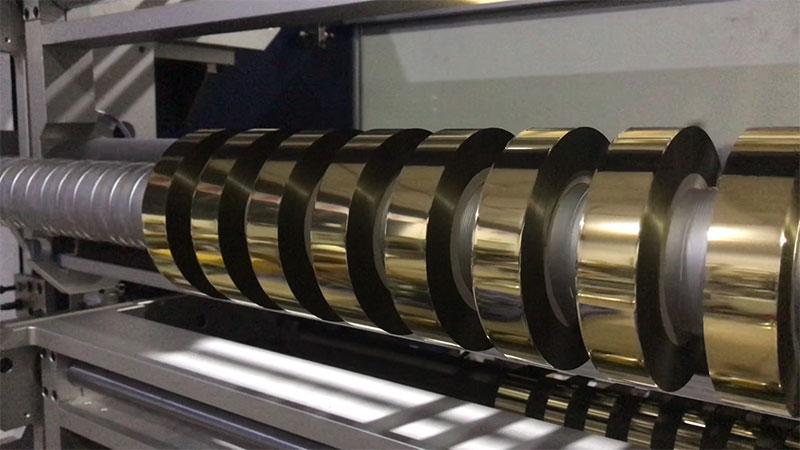
In the hot stamping process, the slitting quality of hot stamping foil is a key factor affecting the loss rate, production efficiency, and final product quality.
26. September, 2025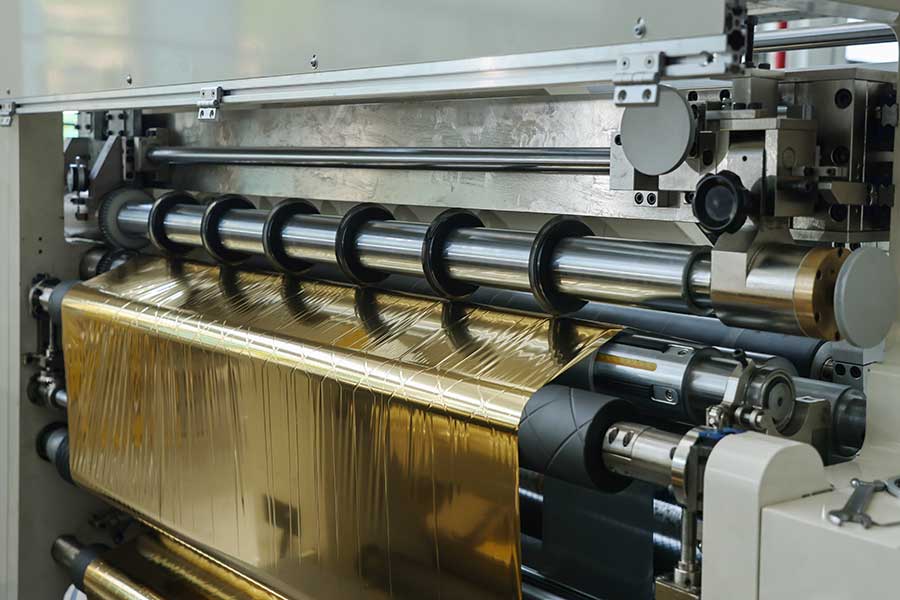
In today's highly expensive and competitive manufacturing environment, any bit of material waste can directly eat into profits.
25. September, 2025
High-precision slitting is not just a simple narrowing of large coils of material, but a precision technology that integrates mechanical engineering, materials science and process control
19. September, 2025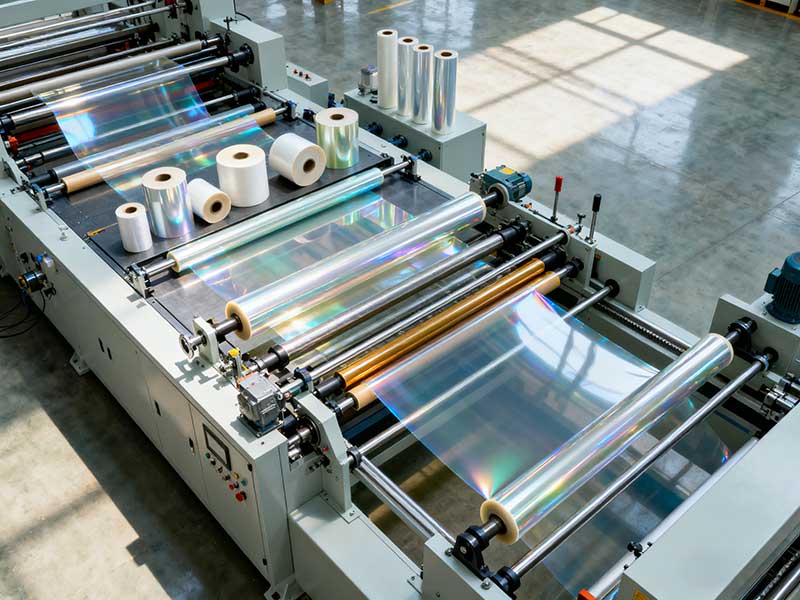
It is not only a simple slitting but also a high-tech equipment that integrates mechanical, electrical, sensing, control and material science.
18. September, 2025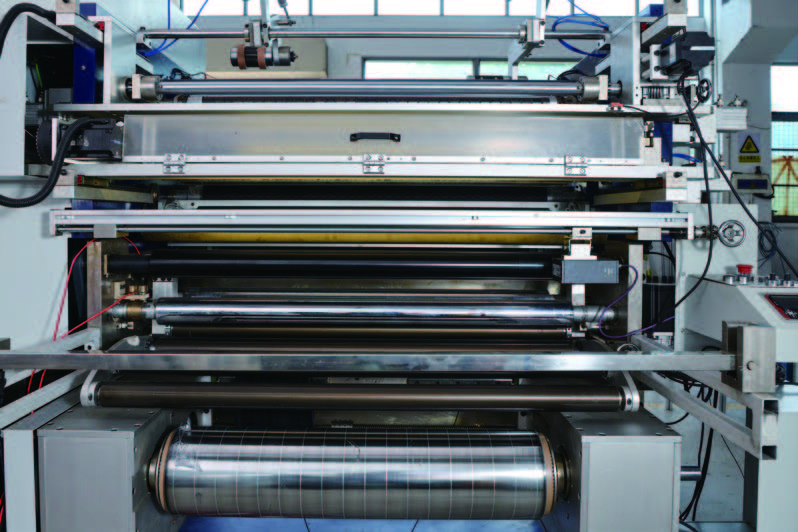
The slicing machine is undergoing a revolutionary transformation from traditional machinery to high precision, intelligence, and integration.
12. September, 2025